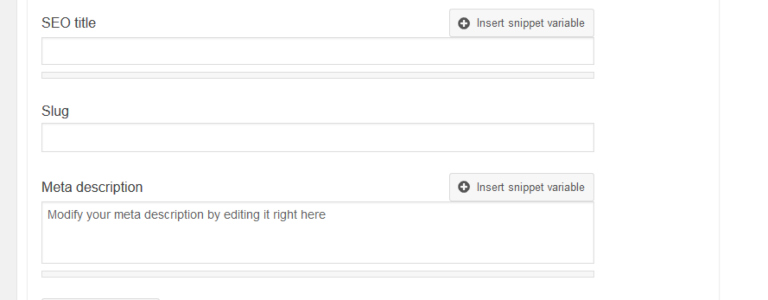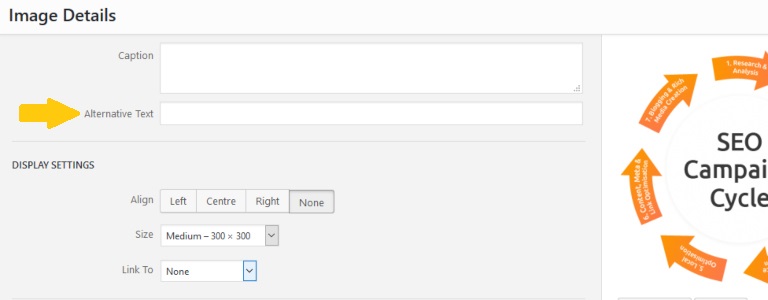You might have read or heard from most SEO experts how important it is to optimise your website’s meta tags. But what exactly are these?
Meta tags are part of your site’s HTML code that briefly, yet concisely describe the content of your page or post. This is useful to both search engines and users as it tells them what to expect from the web page.
Back then, meta tags were considered as one of Google’s most valuable ranking signals. However, this was quite often abused and used for black hat SEO strategies, forcing the search engine giant to consider these as less significant factors.
Though this is the case, search engines continue to read these and thus, still play a crucial role in optimisation.
To learn more about why meta tags remain to be essential for your website and how you can apply the right strategies, keep reading below.
Why are meta tags important?
To put it into perspective, meta tags serve as the first point of contact of search engines and users to your page or post.
Much like books, you won’t be interested in one if you haven’t got any idea what it is about. Of course, most people would want to see the title and the synopsis first to get a good glimpse of its content.
With that said, you can only start to imagine how meta tags can encourage users to read your content and at the same time, convince search engines that you should rank higher for certain key phrases.
Optimising meta tags
Because meta tags provide significant information not only to search engines, but also to users, it is crucial that you get this right.
Note that there are various meta tags that you can apply, but not all of these are important and can only slow down your page. In most cases, the only ones you should really focus on are the title, description and alternative text.
Below are some of the best practices in creating these tags.
Title
The title tag is very valuable to SEO as it describes what your page or post is all about.
Because this is the title that shows up on search engine result pages (SERPs), it is the primary factor that encourages users to access your content and can directly influence your click-through rate (CTR).

So, what makes a good title tag?
Your title should contain the most relevant keywords that tell what your page or post is all about. If your topic revolves around SEO for WordPress, then it will be ideal to have your title reflect the keywords ‘SEO’ and ‘WordPress’.
When it comes to the length, Google has a character limit. To ensure that your title tags perform optimally, it’s best to keep them below 60 characters including spaces.
It’s also important to note that having duplicate titles can be bad for your ranking, so see to it that each one is unique.
Description
Meta descriptions are snippets that appear right below the titles on search results, providing further information about the content.
Though these are not part of Google’s ranking algorithm, these can however, greatly boost your CTRs by encouraging readers to visit your page.

There may be times that these meta descriptions will be replaced by Google-generated ones. But nonetheless, it’s still better to add your own.
In writing meta descriptions, keep your audience in mind. After all, optimising these will have a greater impact on them than on search engines. Add clear call-to-actions and be sure to construct sentences that propose a solution to a problem.
Also, it helps to be as descriptive as possible. You only have up to around 155 characters to convince users to read your content, so make it count.
Another thing to remember is to keep your meta descriptions unique. Just like titles, duplicating these can negatively impact your SEO.
Alternative (Alt) text
The alt text tag is an important factor for images. This is because search engines need text to read digital content.
Since images are visual assets, there’s no way for robots to identify what the media portrays. However, with alt text, images become readable.
When coming up with an alt text, be sure to describe the image as accurately as possible, so search engine crawlers can index it properly. It’s best to be as detailed as possible, though you have to keep it below 100 characters.
Aside from its obvious impact to SEO, alt text is also beneficial to visually-impaired users. When a text to speech feature is activated on their browser, the application can read this aloud, helping users have a better understanding of the page’s or post’s context.
Also, the alt text will appear when an image is broken or take too much time to load, giving users a hint what the visual asset is all about even though they don’t actually see it.
Adding meta tags the easy way
Have you heard of Yoast SEO? It is a comprehensive plugin that makes SEO much, much simpler, making it a great tool for beginners and professionals alike. If you haven’t installed this yet, check out our guide to Yoast SEO for WordPress.
Amongst its many features is that it enables you to add the essential meta tags for each WordPress page and post in an easy-to-use interface. Just navigate to the bottom of the main content block and you’ll find the Yoast SEO box. Here you can type in your SEO title and meta description.

As for the alt text, you won’t have to install anything. WordPress has a built-in feature that lets you add alt text to images without a fuss.
Upon inserting an image on the content block, click on it and a simple menu will appear. Here, you will see the edit button which is characterised by a pencil icon. Click on this and a window will open where you can fill in the ‘Alternative Text’ field.

In general, the title, description and alternative text are the most essential meta tags you should be using by now. However, there is no one-size-fits-all approach and using other meta tags might significantly improve your website’s SEO.
The importance of the various types of meta tags can be quite confusing, especially if you haven’t been in the SEO field for long.
If you need assistance, FX Web Studio is here to help! We have been watching the SEO landscape change for over 15 years and we know the latest techniques to boost your ranking.
Ready to take your business to the next level? Contact us at 1300 090 401 today.



